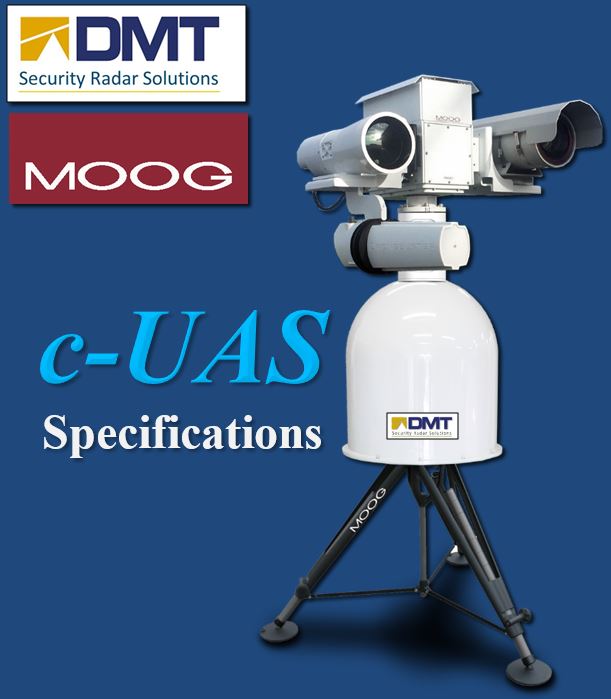Which Camera is Right For Me?
Primary Camera Technologies in Security:
- CCTV (closed-circuit TV) for daylight or low-light applications,
- Thermal Cameras for nighttime, daytime and light fog and smoke applications, which include:
- Cooled Passive IR (infrared),
- Uncooled Passive IR,
- Uncooled Active IR,
- Active illuminators, including laser-illuminated and LED-illuminated camera technology for daytime and nighttime applications.
Camera zoom levels are often used to give the impression of high quality; however, the field of view is the best measure of performance. The field of view is very similar to beamwidth for a radar. It provides the angular area over which the visual image will extend for the camera. The smaller the field of view is, the larger an object will appear at a given distance. Very long range cameras will have field of views like 0.55 x 0.41 (width x height) degrees. Short range cameras will have field of views like 17×13. Camera ranges should be selected to be less than or equal to the range of the radar used for the site. Having a camera with longer range is a waste of money, because it will require manual pointing to see objects at these ranges.
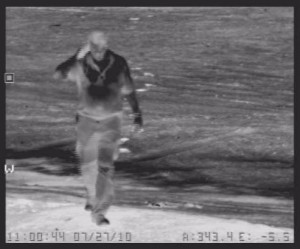
The spin rates for any camera used for security is an important parameter when used with a radar. After years of experience with camera control, DMT found that a 30 degrees per second spin rate is a minimum performance requirement. Cameras that can spin this rate or higher will be able to make it to most intruder detection positions reported by the radar. Any delays associated with communications will push spin rates higher.
Be sure the camera selected has the ability to communicate to command centers and radars using Pelco-D protocols. The Pelco-D protocol is the most popular supported format on the market. Many USA camera manufacturers also comply with the military supported ICD-0100 format. Native protocols often provide more features, but may not be supported by all remote monitoring software companies. DMT supports a wide variety of camera protocols.
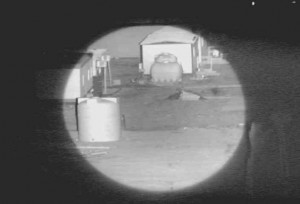
Temperature ratings for cameras vary substantially. -20 and -40 degrees C are two common low temperatures specifications for cameras. Green in the figures below is the area where cameras can operate at these two temperatures. Prices for these two camera types are substantially different. So knowing what is necessary for your site is important.
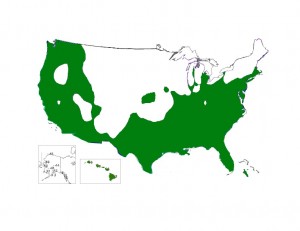
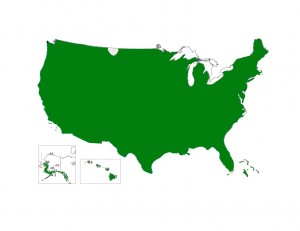
No one camera works for all installations and missions. The selection of the camera is always site-specific. The best solution is to mix technologies whenever possible. All-weather performance is best provided with thermal cameras. Identification and through-glass performance is best provided by laser-and LED-illuminated cameras. Having daylight, thermal and illumination technology on a site is a great way to ensure the best possible detection of intruders in most situations and sites.
For Drone Detection:
For drone detection, use long-range cooled thermal cameras and powerful daylight cameras. The gimbal or pan-tilt-unit (PTU) must be robust and capable of fast pan and tilt speeds. Cameras such are FLIR PT-602CZ and MOOG Aria should be the minimum systems used. Cameras such MOOG Mercury 550 thermal with long-range Hitachi daylight camera or long-range FLIR Mulit-sensor cameras should be considered when longer ranges are needed.
